Introduction to Aluminum in Semi-Trailers
In the realm of transportation and logistics, semi-trailers play a pivotal role. They are essential for shipping goods efficiently across vast distances. One of the key materials used in the construction of these vehicles is aluminum. This article delves into the intricate details regarding how much aluminum is in a semi-trailer, its benefits, and its implications for performance and sustainability.
The Significance of Aluminum in Semi-Trailers
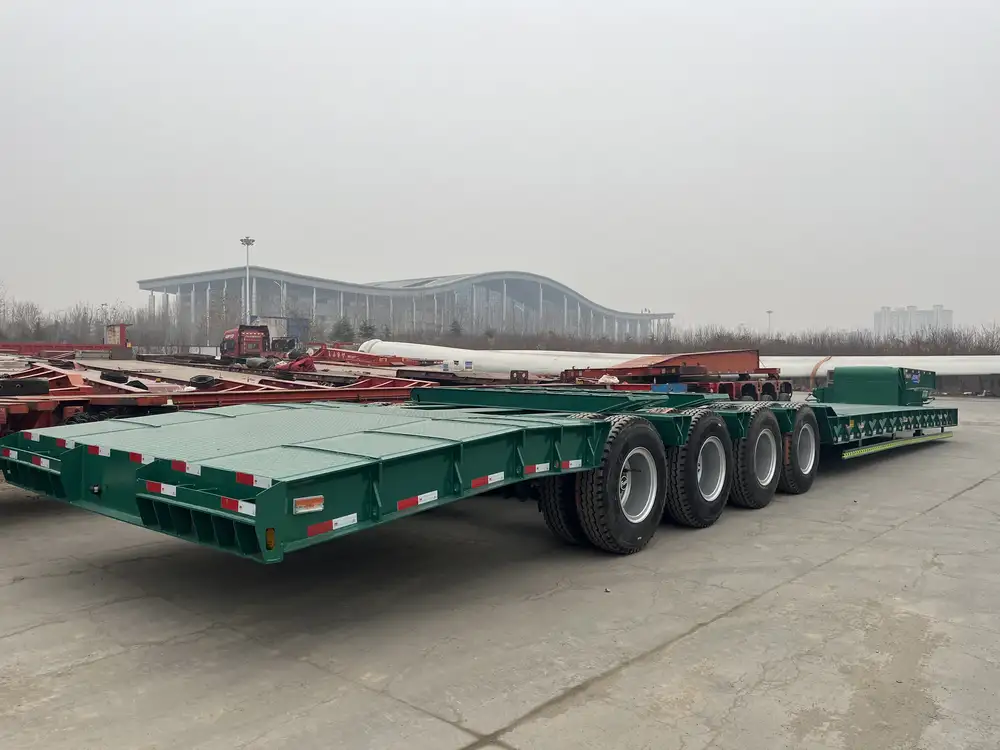
1. Weight Reduction: A Key Factor
Aluminum is increasingly favored in semi-trailer manufacturing due to its lightweight properties. A standard semi-trailer typically weighs between 30,000 and 36,000 pounds, depending on its configuration and cargo capacity. By reducing the weight of the trailer structure itself, manufacturers can optimize payload capacities.
| Type of Trailer | Average Weight (lbs) | Aluminum Content (lbs) | Payload Capacity (lbs) |
|---|---|---|---|
| Standard Flatbed | 30,000 | 3,000 – 6,000 | 24,000 – 27,000 |
| Dry Van | 36,000 | 4,500 – 8,000 | 28,000 – 31,500 |
| Refrigerated Trailer | 35,000 | 4,000 – 7,000 | 28,000 – 31,000 |
2. Durability and Longevity
Aluminum provides exceptional resistance against corrosion, making it an ideal choice for semi-trailers that frequently encounter harsh weather conditions. Its longevity translates into lower maintenance costs and reduced replacement frequency over time.
How Much Aluminum is in a Semi-Trailer?
The quantity of aluminum in a semi-trailer varies significantly based on factors such as design, type, and size. Generally, aluminum constitutes 10% to 20% of the total weight of the trailer.
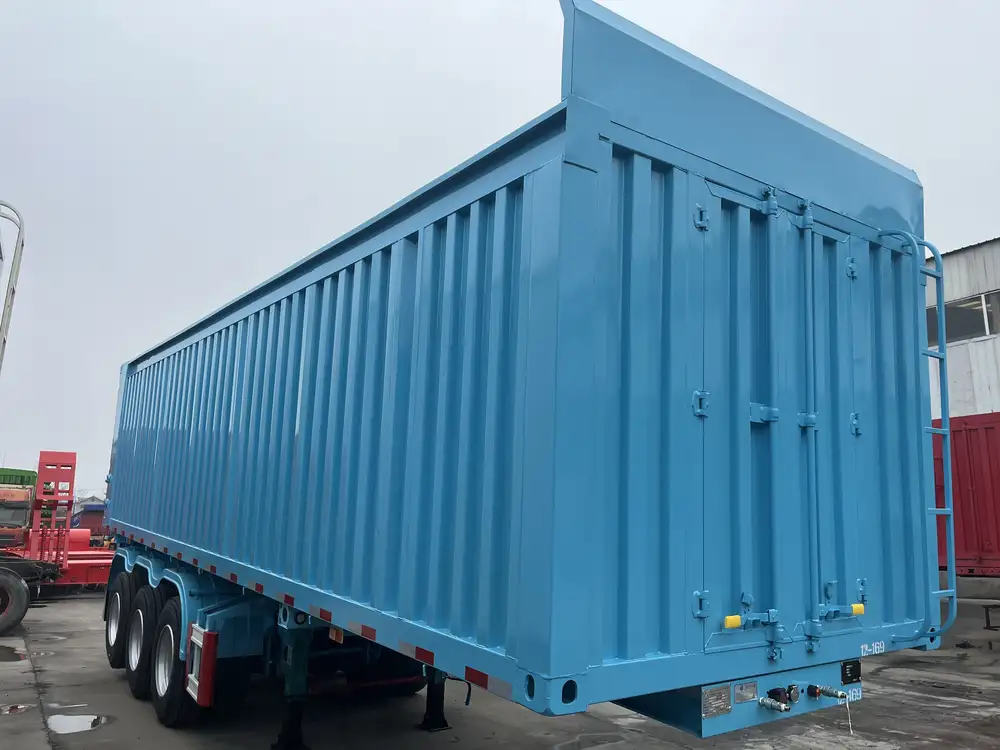
Breakdown of Aluminum Usage
- Frame: Approximately 25% of the aluminum content is found in the chassis and frame, crucial for supporting the overall structure.
- Body Panels: About 50% of aluminum use is in body panels, where lightweight material helps reduce drag and improve fuel efficiency.
- Suspension Components: Nearly 15% is used in suspension systems, promoting improved ride quality and vehicle handling.
Comparative Analysis with Steel
While steel has traditionally been the favored material due to its strength, aluminum’s rise in semi-trailer construction is notable. Here’s a comparison highlighting the differences:
| Property | Aluminum | Steel |
|---|---|---|
| Weight | Lightweight | Heavier |
| Corrosion Resistance | High | Moderate |
| Cost | Higher Initial Cost | Lower Initial Cost |
| Durability | Long-lasting | Vulnerable to Rust |
| Environmental Impact | Recyclable | Recyclable but energy-intensive |
Benefits of Using Aluminum in Semi-Trailers
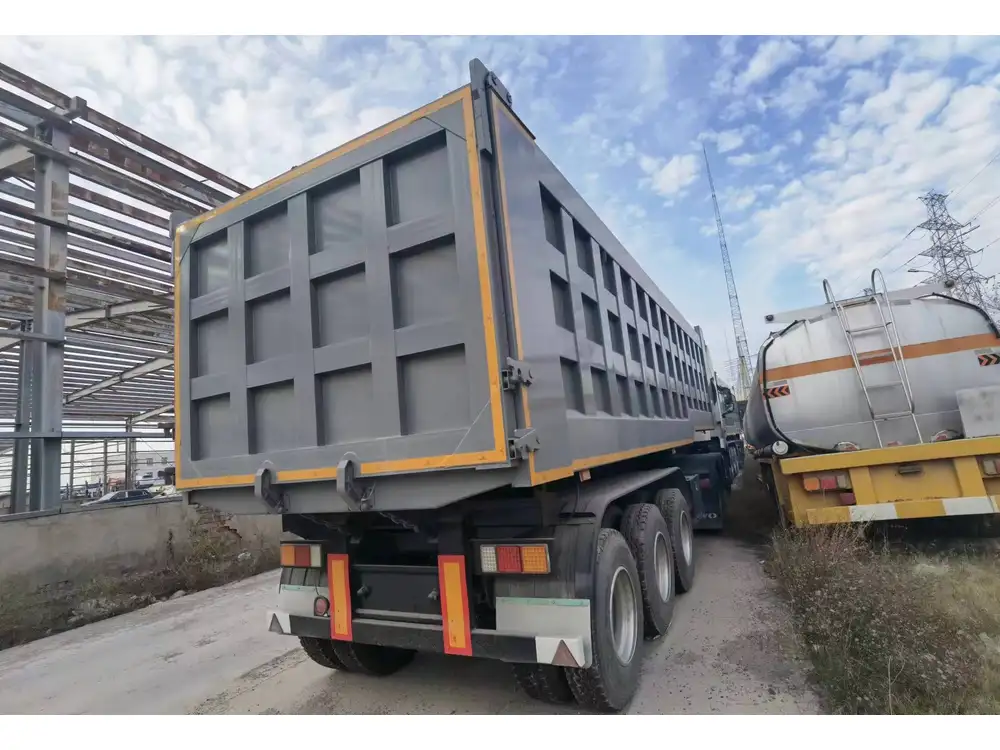
1. Fuel Efficiency
Fuel consumption directly correlates with the weight of the semi-trailer. Lighter trailers require less energy to move, which leads to reduced fuel costs. It’s estimated that for every 1,000 pounds of weight reduction, fuel savings can be as much as 0.5 miles per gallon over the long haul.
2. Enhanced Performance
Aluminum trailers often exhibit superior handling characteristics, which can result in better maneuverability and safer driving experiences. The reduced weight also allows for faster braking and acceleration.
3. Environmental Considerations
With increasing attention on environmental issues, the use of aluminum can be justified not just for its physical properties but also for its sustainability. Since aluminum is recyclable, it contributes to a circular economy by reducing the need for virgin materials and lowering energy consumption in manufacturing processes.
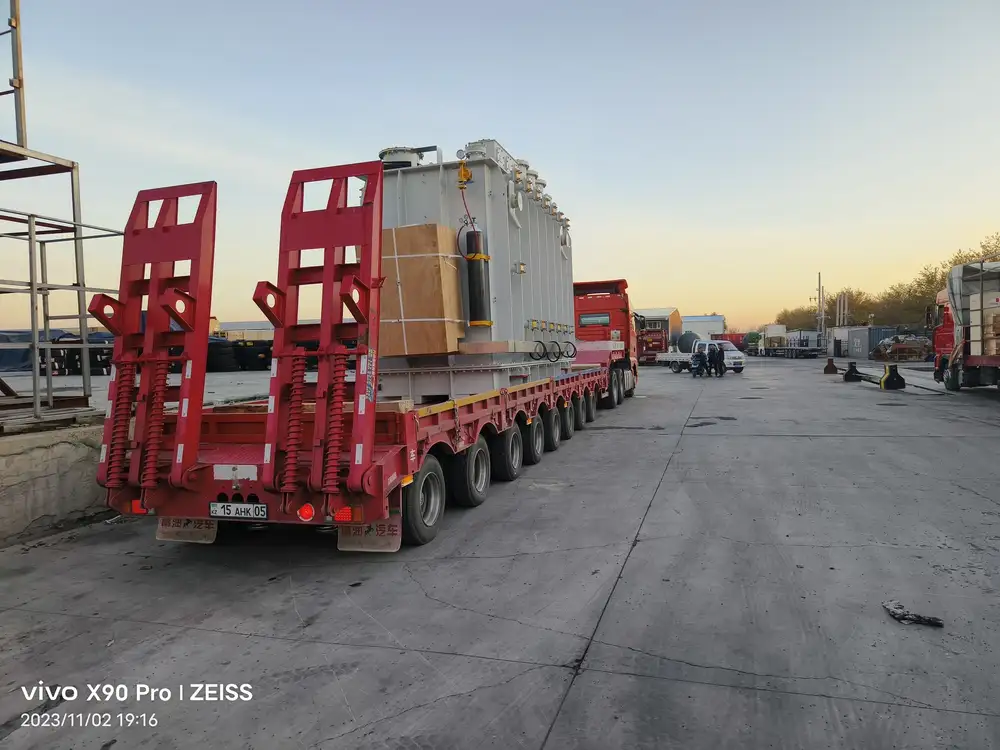
Challenges and Considerations
1. Cost Implications
One of the drawbacks of using aluminum is its higher initial purchase price compared to traditional steel trailers. Manufacturers and transport companies must weigh the initial investment against the long-term savings attained through operational efficiencies and reduced fuel consumption.
2. Repair and Maintenance
While aluminum trailers require less maintenance due to their inherent resistance to corrosion, repairs can be more complex and costly than steel due to the need for specialized welding techniques. It is crucial for transport companies to train staff on proper care and repair of aluminum trailers.
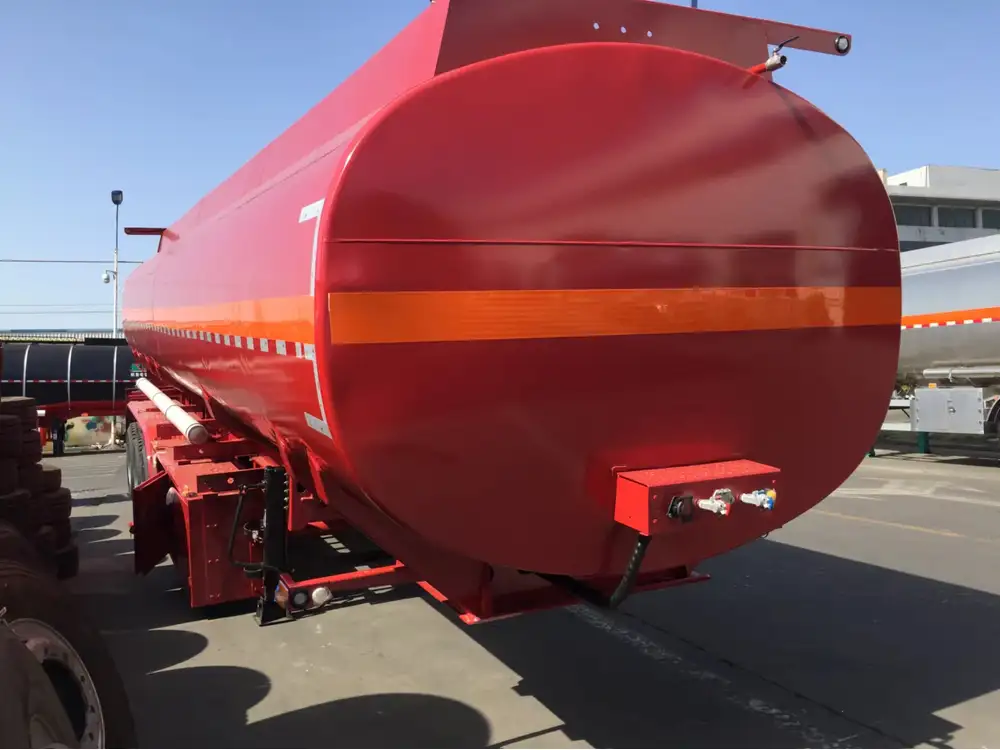
The Future of Aluminum in Semi-Trailer Manufacturing
1. Innovations in Material Use
As technology advances, innovations such as advanced alloys and composite materials are starting to gain traction in the semi-trailer manufacturing sector. These new materials promise enhanced performance characteristics while retaining advantageously lightweight properties.
2. Market Trends
The increasing demand for fuel-efficient and environmentally friendly products is driving growth in lightweight trailer designs. Manufacturers are investing in research and development to create even lighter models without compromising structural integrity.
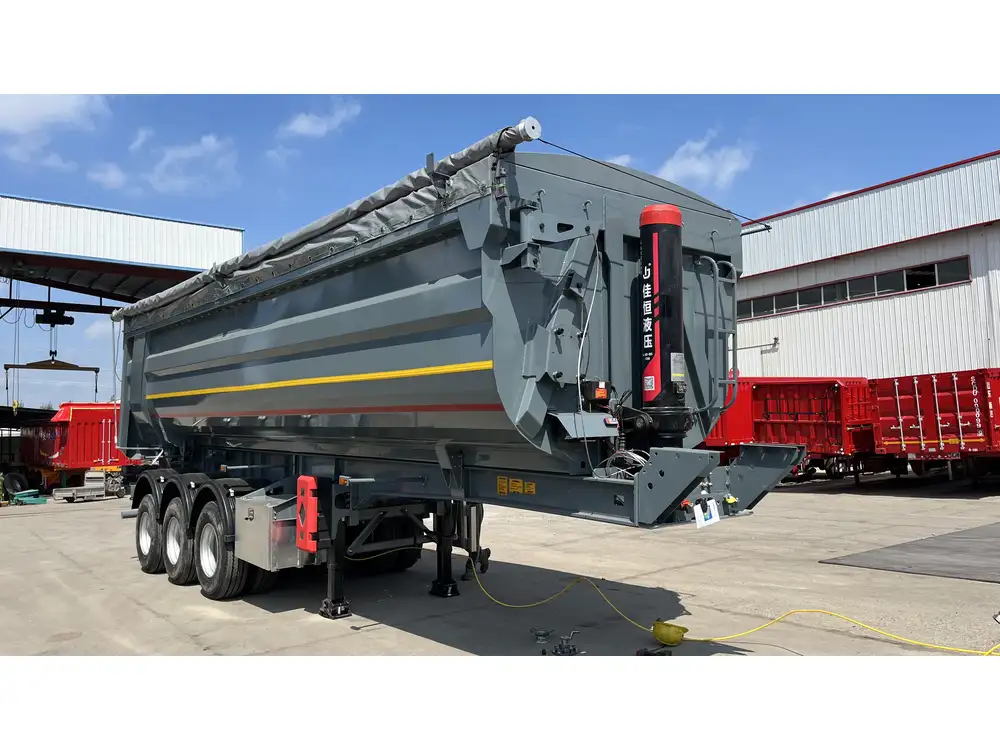
Conclusion: The Implications of Aluminum in Semi-Trailers
Aluminum has firmly established itself as a pivotal material in the design and manufacture of semi-trailers. Its lightweight, durable, and recyclable characteristics offer significant advantages over traditional materials. While the upfront costs may be higher, the benefits of fuel efficiency, performance, and environmental sustainability present compelling reasons for adoption.
To sum up, understanding how much aluminum is in a semi-trailer is not just a matter of fact; it’s a deeper exploration into material science, economics, and environmental stewardship. Moving forward, manufacturers must continue to innovate, ensuring that the balance between performance, cost, and sustainability is maintained in the ever-evolving landscape of transportation logistics.



